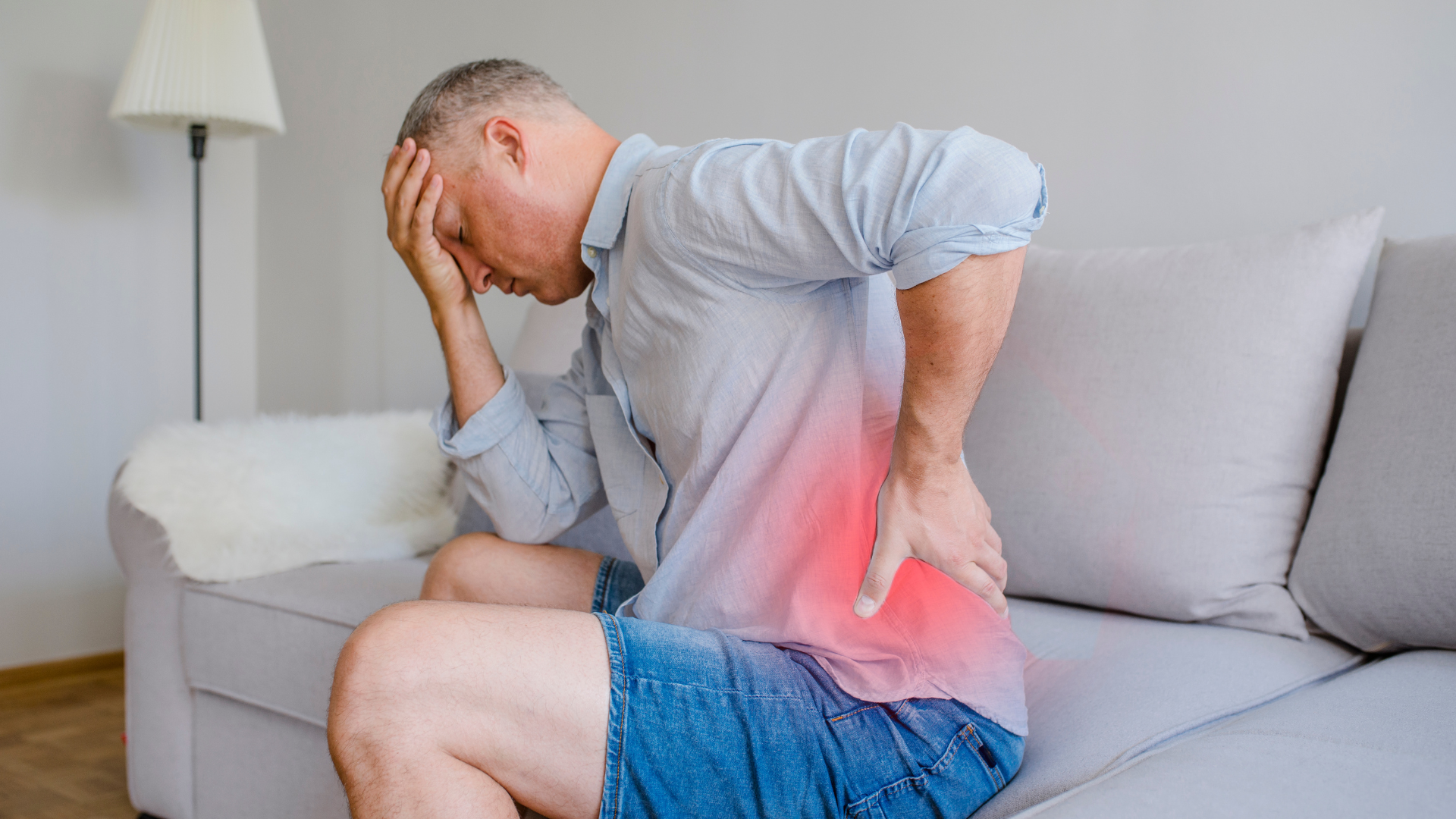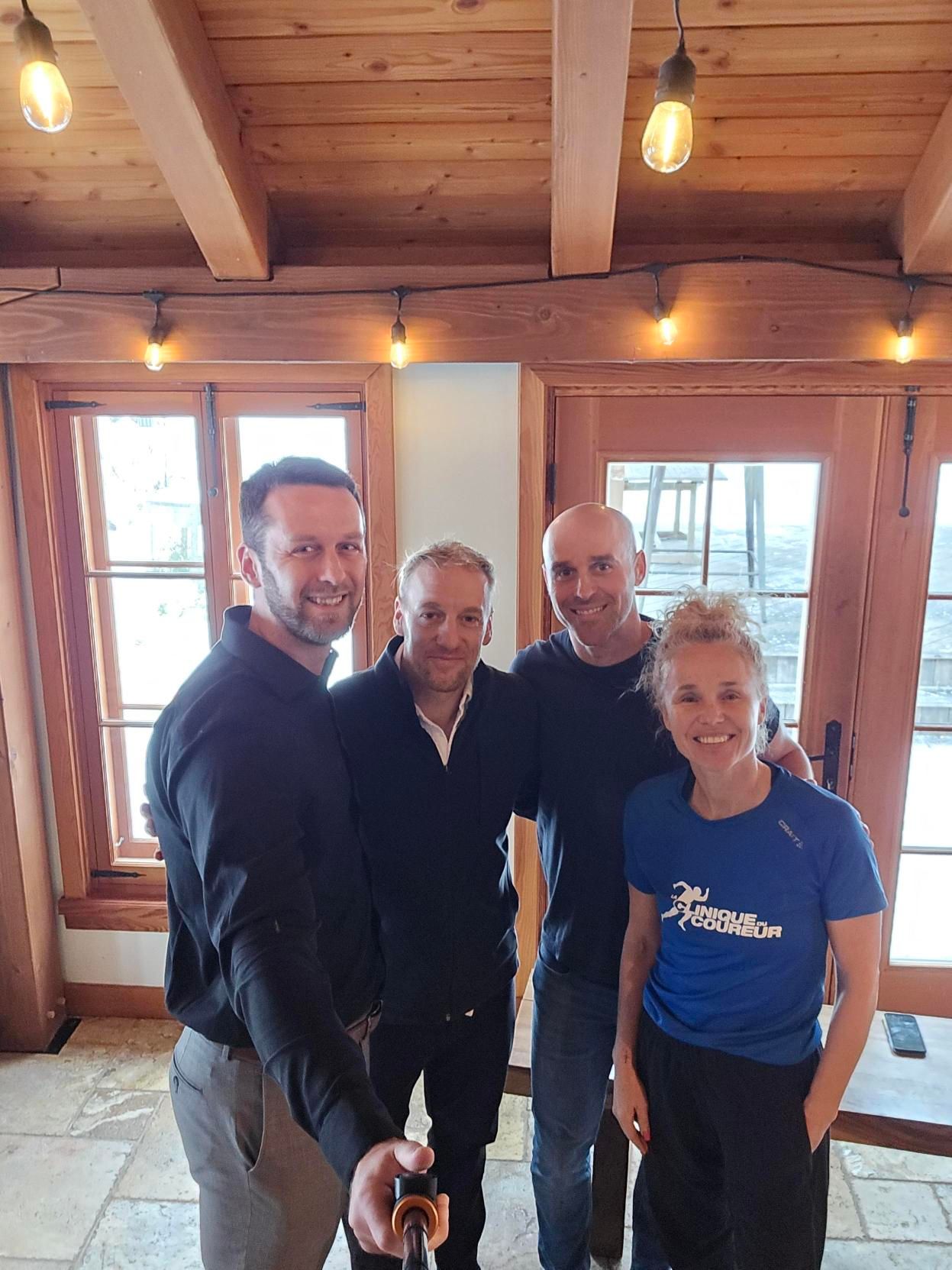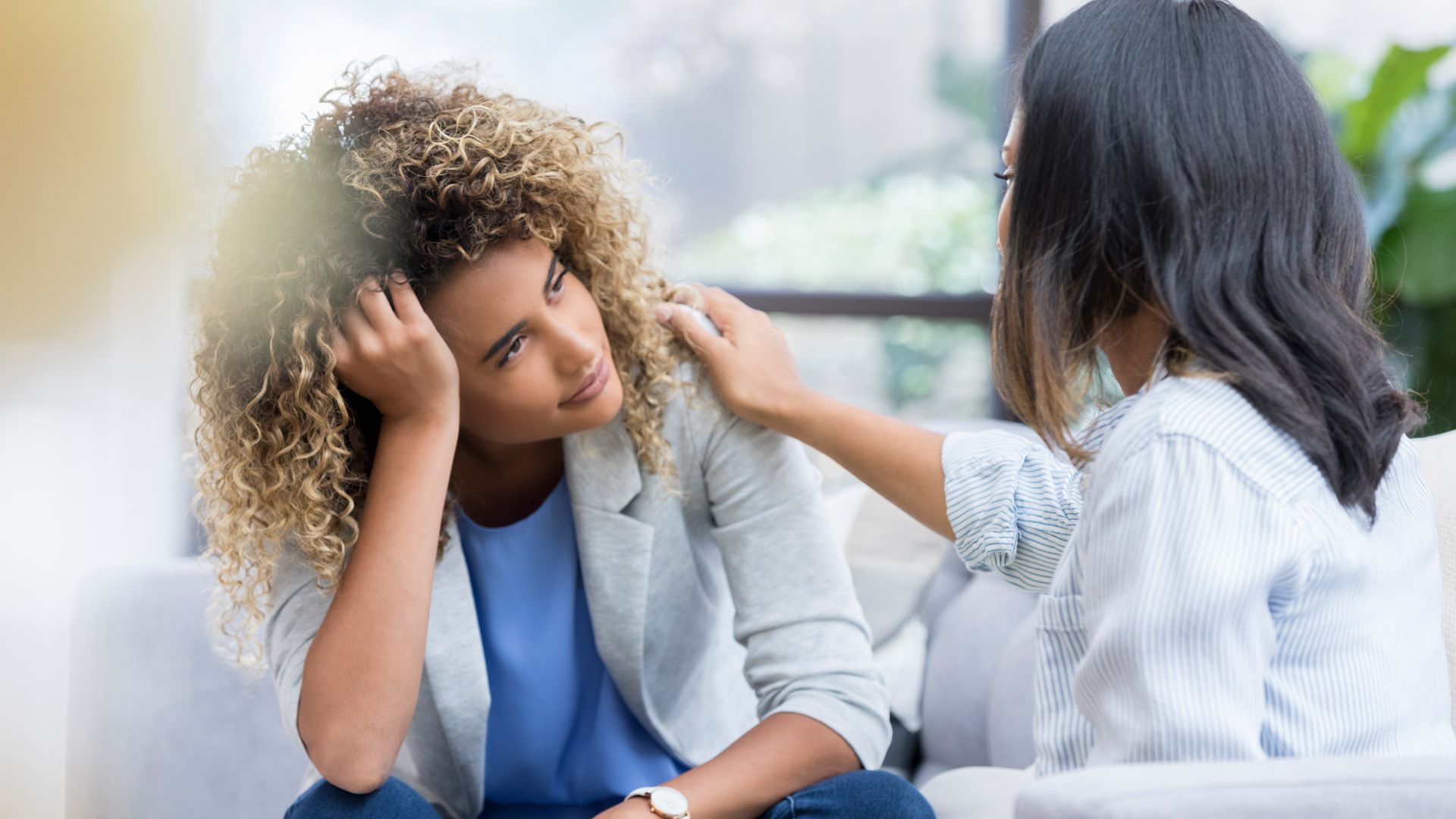Management of Fibromyalgia Optimized by Functional Electrotherapy
Fibromyalgia is a condition you will occasionally come across in your clinical practice.
Although it is often not the main reason for consultation, it can hinder the rehabilitation process if its impacts are trivialized when present.
At SET, we have integrated notions of support in this sense and find it more than relevant to offer you this expertise through our collaboration. Here is our SET capsule highlighting the idea that more than just the basics of electrotherapy are needed to optimally accompany such a condition in the use of a TENS.
FIBROMYALGIA
Sociodemographic Data
Fibromyalgia is estimated to affect up to 5% of the Canadian population. It can occur at any age but typically manifests in middle adulthood. Women are more likely to be affected by the disease. Viral infections, trauma, physical or emotional stress could trigger the onset of symptoms, while genetic factors might explain a certain predisposition.
Definition of Fibromyalgia
Fibromyalgia is defined by widespread body pain lasting more than 3 months, in the absence of any conditions that could better explain the symptoms. Pain being the main symptom, it is frequently accompanied by fatigue, asthenia (generalized weakness of the body), major sleep disturbances, cognitive changes, anxiety, depression, and mood disorders.
Causes of Fibromyalgia
The cause of fibromyalgia is still unknown; however, several studies have highlighted a sensitization of the pain pathways in the central nervous system, measured by lower pain thresholds, increased temporal summation, and reduced diffuse noxious inhibitory controls.
Fibromyalgia is a heterogeneous and complex condition. Diagnosis requires a comprehensive evaluation of pain, function, and psychosocial content.
Management of Fibromyalgia
The goal of managing fibromyalgia is to improve the quality of life by reducing pain, improving sleep quality, and enhancing the physical and mental health of the patient.
A multimodal approach that includes both non-pharmacological and pharmacological treatment must be tailored to the symptoms, comorbidities, and preferences of each patient through shared decision-making.
Thus, one of the main treatments for patients with fibromyalgia should focus on pain relief to enable the person to function more independently at home and at work.
Initial patient management should therefore focus on non-pharmacological treatment strategies such as patient education, self-management, exercise, rehabilitation, and psychological interventions.
FUNCTIONAL ELECTROTHERAPY
Functional Electrotherapy and Fibromyalgia
As TENS reduces central excitability and increases central inhibition of pain, this treatment addresses mechanisms believed to be at the heart of pain in people with fibromyalgia. Therefore, TENS is an interesting tool as a complementary modality in the management of this clientele within a continuum of the algorithm.
A recent study in 2020 measured the efficacy of TENS among fibromyalgia patients using functional home TENS. This double-blind randomized trial demonstrated statistically significant effects in reducing pain and fatigue during movement and at rest compared to the placebo group and control group. Moreover, the active TENS group also reported a statistically significant overall impression of change over a 4-week period (70%).
TENS in Pain Self-Management: A Complementary Tool in Care
Personalizing teaching is all the more important knowing that TENS is to be favored in a self-management context with this clientele. Knowing that the main symptoms are diffuse pain and chronic fatigue, several variables need to be considered such as the size and placement of electrodes, current intensity, frequency and duration of impulse, recommendations related to activity according to the patient's behavioral profile, and daily usage dosage. A good choice of usage parameters will allow for favorable use.
Optimization of Care through Motivational and Personalized Approach
Like many chronic painful conditions, gradual exposure to activity is preferred. To assist the patient through this adaptation, motivational interviewing, personalized support, and shared decision-making related to goals are preferred.
TENS is thus an adjunct to interdisciplinary patient care to help achieve their management goal: improve their quality of life.
At SET, our priority is to support you in the pelvic-perineal rehabilitation of your patients, focusing on close collaboration to maximize the effectiveness of home treatment. We understand the importance of clear and precise communication to identify and meet the specific needs of each patient.
Through our referral tool, we facilitate the establishment of a care plan tailored to your therapeutic goals, thus strengthening the outcomes of rehabilitation for the benefit of the patient.
To explore how our expertise in functional electrotherapy can enrich your practice and improve the rehabilitation journey of your patients, we invite you to communicate with one of our experts.
Together, let's progress towards a comprehensive approach from the clinic to the home of your patients for optimal results.
Connectez avec nous sur les médias sociaux















